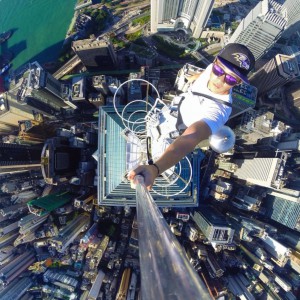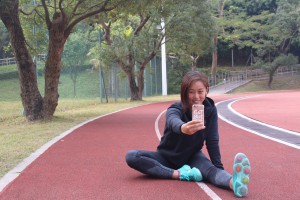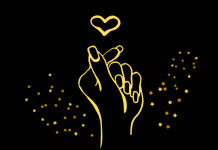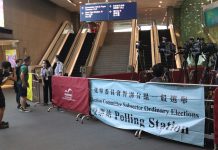Selfies take social media by storm.
By Achlys Xi
If you have a social media account and you have checked it today, the chances are you will have seen a selfie in your feed. The term “selfie” started to appear in 2005 when people began to post self-portraits on social media like MySpace and Facebook. With newer versions of smartphones incorporating front-facing cameras and the popularity of photo apps like Instagram, the taking and sharing of selfies grew into a worldwide phenomenon.
In 2013, Oxford English Dictionary picked “selfie” as the “word of the year” – just a year after it was selected as one of the “top 10 buzzwords” of the year by Time magazine. On Instagram alone, the word is used as a tag for over 220 million photos. Meanwhile, the hashtag #selfie appeared in more than 150,000 tweets on Twitter during a single week in October 2013.

Photographer Daniel Lau became an international a sensation when online media published pictures of him atop The Centre, a 346-meter, 73-storey building. The 23-year-old and his friends had scaled Hong Kong’s fifth tallest building last August and online footage shows Lau swinging his monopod – otherwise known as the “selfie stick” – to film his friends munching bananas with Victoria Harbour and Central’s high-rises as their backdrop.
Considering himself an explorer, Lau aims to take photos that are extreme but aesthetically pleasing, and taking selfies on the rooftop is a way to combine the two. “They are daring, but at the same time, they are beautiful,” Lau says. “People are always saying my selfies are so extreme, and maybe people are looking for those extreme selfies that they can’t take.”
Lau shares photos of his adventures on his public account on Instagram. With over 200 posts, he enjoys a following of over 55,000 from all over the world.
Armed with his selfie stick and a GoPro, a compact camera used for sports and action filming, Lau travels to various cities and takes photos on the rooftops of the tallest buildings and down below ground on construction sites. In Lau’s hands a selfie is like a passport stamp, proof that he was there, especially in extreme and dangerous environments. “This is the sense of presence. I am telling people I am really there,” he says.

Few people would go to the extremes Lau does to take a selfie, but some do think of selfie-taking as a form of self-expression. Christine Fung Hiu-tung posts selfies of herself doing sports and working out because she feels that is when she is expressing her authentic self. “There’re some beautiful moments I see in girls,” says 25-year-old Fung who works in marketing for a sports company and sometimes engages in freelance modelling. “When they work out, when they sweat, it’s the best moments for us to see.”
She is not concerned about what others think of her selfies and is not a frequent poster on Facebook and Instagram. When she does post a selfie, it would most likely be of her running or practising yoga. She wants to convey a lifestyle that is “sporty, natural, strong and healthy”.
“There are a lot of messages that one can convey [through selfies], but I choose to tell people the life that I sweat,” Fung says. “That’s how I define myself. It shows my personality, my character, my attitude towards life.”
Fung does not post selfies to keep her followers entertained and is not bothered about constructing an image of herself on social media. “I usually say what I feel when I’m taking that photo,” she says, “If I feel like I want to post a selfie, I just go ahead.”








































